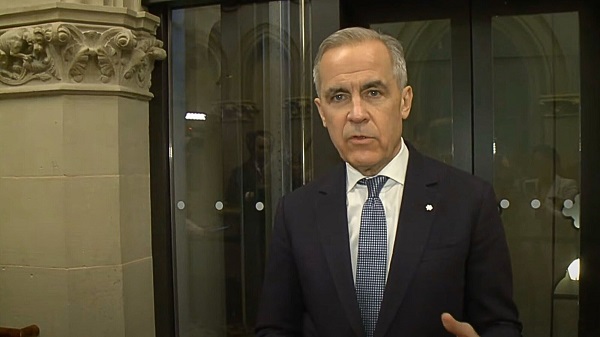Alberta
Happy Halloween! Province gives the go ahead for Trick or Treating

From the Province of Alberta
Halloween
- Alberta’s chief medical officer of health is not cancelling Halloween.
- Outdoor Halloween activities are lower risk and supported by public health.
- A new tip sheet online will help Albertans of all ages enjoy a safe and healthy Halloween.
- Printable posters will let people know if you are handing out treats.
For more information and to find the printable posters go to Alberta.ca/Halloween
If you want to know what the province says about Trick or Treating this year watch this video starting at the 9:40 mark.
From trick-or-treating to the double feature picture show, you can enjoy your favourite Halloween activities safely by taking some simple precautions. Leave the terror to monsters, ghosts and evil clowns – not the pandemic.
Trick or treating
Don’t go trick-or-treating if feeling ill, even if symptoms are minor
Choose costumes that allow a non-medical mask to be worn underneath – make sure you can see and breathe comfortably
Minimize contact with others: trick-or-treat with your family or cohort, remain within your community, and stay 2 metres apart
Avoid touching doorbells or railings: call “trick or treat” from 2 metres away, knock instead of using doorbells, use hand sanitizer after touching surfaces
Wash hands and disinfect packages before eating candy
Handing out candy
Don’t hand out candy if feeling ill or isolating
Wear a non-medical mask that fully covers your nose and mouth
Ask trick-or-treaters to knock or call out instead of ringing the doorbell
Use tongs to hand out pre-packaged candy to avoid handling treats
Find creative ways to maintain distance from trick-or-treaters:
Hand out treats from your driveway or front lawn, if weather permits
Set up a table or desk to help keep yourself distanced
Make candy bags and space them out on a table or blanket; don’t leave out self-serve bowls of bulk candy
Build a candy slide, candy catapult or other fun, non-touch delivery methods
Halloween parties
Stay home if feeling ill, even if symptoms are mild
Spend time with people you know – the smaller the group the better
Choose games and activities that don’t use shared items and allows people to stay 2 metres apart
Don’t share drinks, food, cigarettes, vapes or cannabis
Host your party outdoors, if weather permits. If you must stay indoors:
- reduce your gathering size
- choose a location that allows for physical distancing between people from separate families and cohorts
- provide hand sanitizer
Wash or sanitize your hands often

Resources
- Non-spooky tips for a spooky safe Halloween (PDF, 120 KB)
- Poster – Welcome Trick-or-Treaters (PDF, 92 KB)
- Poster – Sorry, No Candy Here (PDF, 90 KB)
- Guidance for indoor events
- Guidance for outdoor events
- Monitor your symptoms
Alberta
Made in Alberta! Province makes it easier to support local products with Buy Local program

Show your Alberta side. Buy Local. |
When the going gets tough, Albertans stick together. That’s why Alberta’s government is launching a new campaign to benefit hard-working Albertans.
Global uncertainty is threatening the livelihoods of hard-working Alberta farmers, ranchers, processors and their families. The ‘Buy Local’ campaign, recently launched by Alberta’s government, encourages consumers to eat, drink and buy local to show our unified support for the province’s agriculture and food industry.
The government’s ‘Buy Local’ campaign encourages consumers to buy products from Alberta’s hard-working farmers, ranchers and food processors that produce safe, nutritious food for Albertans, Canadians and the world.
“It’s time to let these hard-working Albertans know we have their back. Now, more than ever, we need to shop local and buy made-in-Alberta products. The next time you are grocery shopping or go out for dinner or a drink with your friends or family, support local to demonstrate your Alberta pride. We are pleased tariffs don’t impact the ag industry right now and will keep advocating for our ag industry.”
Alberta’s government supports consumer choice. We are providing tools to help folks easily identify Alberta- and Canadian-made foods and products. Choosing local products keeps Albertans’ hard-earned dollars in our province. Whether it is farm-fresh vegetables, potatoes, honey, craft beer, frozen food or our world-renowned beef, Alberta has an abundance of fresh foods produced right on our doorstep.
Quick facts
- This summer, Albertans can support local at more than 150 farmers’ markets across the province and meet the folks who make, bake and grow our food.
- In March 2023, the Alberta government launched the ‘Made in Alberta’ voluntary food and beverage labelling program to support local agriculture and food sectors.
- Through direct connections with processors, the program has created the momentum to continue expanding consumer awareness about the ‘Made in Alberta’ label to help shoppers quickly identify foods and beverages produced in our province.
- Made in Alberta product catalogue website
Related information
Alberta
Province to expand services provided by Alberta Sheriffs: New policing option for municipalities

Expanding municipal police service options |
Proposed amendments would help ensure Alberta’s evolving public safety needs are met while also giving municipalities more options for local policing.
As first announced with the introduction of the Public Safety Statutes Amendment Act, 2024, Alberta’s government is considering creating a new independent agency police service to assume the police-like duties currently performed by Alberta Sheriffs. If passed, Bill 49 would lay additional groundwork for the new police service.
Proposed amendments to the Police Act recognize the unique challenges faced by different communities and seek to empower local governments to adopt strategies that effectively respond to their specific safety concerns, enhancing overall public safety across the province.
If passed, Bill 49 would specify that the new agency would be a Crown corporation with an independent board of directors to oversee its day-to-day operations. The new agency would be operationally independent from the government, consistent with all police services in Alberta. Unlike the Alberta Sheriffs, officers in the new police service would be directly employed by the police service rather than by the government.
“With this bill, we are taking the necessary steps to address the unique public safety concerns in communities across Alberta. As we work towards creating an independent agency police service, we are providing an essential component of Alberta’s police framework for years to come. Our aim is for the new agency is to ensure that Albertans are safe in their communities and receive the best possible service when they need it most.”
Additional amendments would allow municipalities to select the new agency as their local police service once it becomes fully operational and the necessary standards, capacity and frameworks are in place. Alberta’s government is committed to ensuring the new agency works collaboratively with all police services to meet the province’s evolving public safety needs and improve law enforcement response times, particularly in rural communities. While the RCMP would remain the official provincial police service, municipalities would have a new option for their local policing needs.
Once established, the agency would strengthen Alberta’s existing policing model and complement the province’s current police services, which include the RCMP, Indigenous police services and municipal police. It would help fill gaps and ensure law enforcement resources are deployed efficiently across the province.
Related information
-

 2025 Federal Election2 days ago
2025 Federal Election2 days agoRCMP Whistleblowers Accuse Members of Mark Carney’s Inner Circle of Security Breaches and Surveillance
-
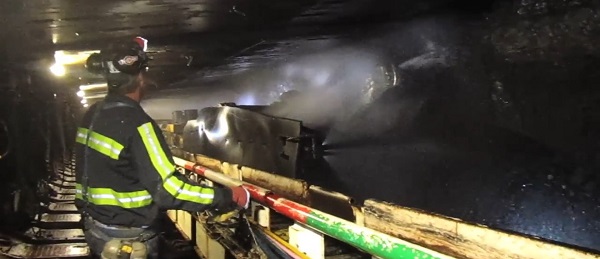
 Daily Caller21 hours ago
Daily Caller21 hours agoTrump Executive Orders ensure ‘Beautiful Clean’ Affordable Coal will continue to bolster US energy grid
-
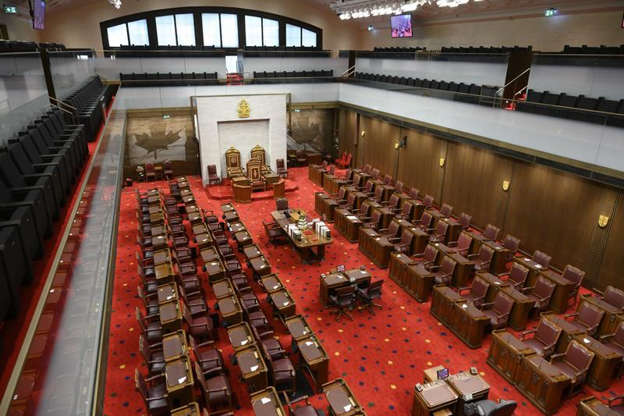
 2025 Federal Election2 days ago
2025 Federal Election2 days agoBureau Exclusive: Chinese Election Interference Network Tied to Senate Breach Investigation
-
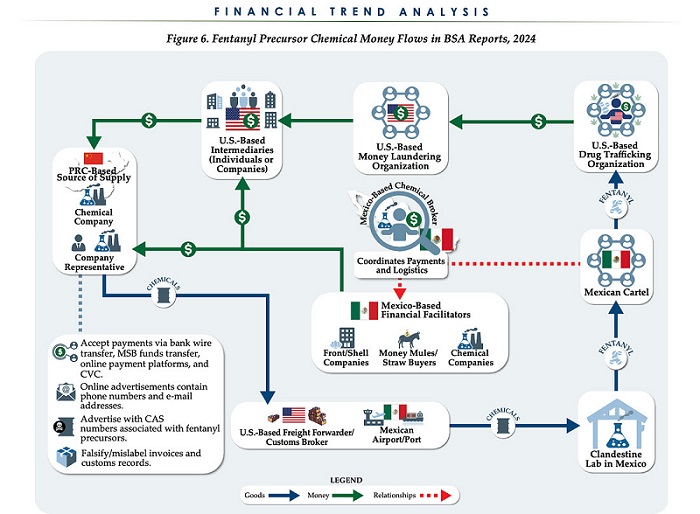
 Business23 hours ago
Business23 hours agoChina, Mexico, Canada Flagged in $1.4 Billion Fentanyl Trade by U.S. Financial Watchdog
-

 2025 Federal Election21 hours ago
2025 Federal Election21 hours agoBREAKING from THE BUREAU: Pro-Beijing Group That Pushed Erin O’Toole’s Exit Warns Chinese Canadians to “Vote Carefully”
-

 2025 Federal Election1 day ago
2025 Federal Election1 day agoTucker Carlson Interviews Maxime Bernier: Trump’s Tariffs, Mass Immigration, and the Oncoming Canadian Revolution
-
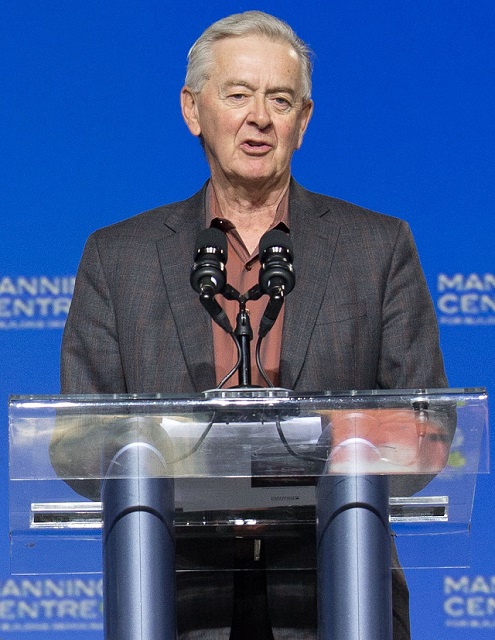
 2025 Federal Election19 hours ago
2025 Federal Election19 hours agoAllegations of ethical misconduct by the Prime Minister and Government of Canada during the current federal election campaign
-
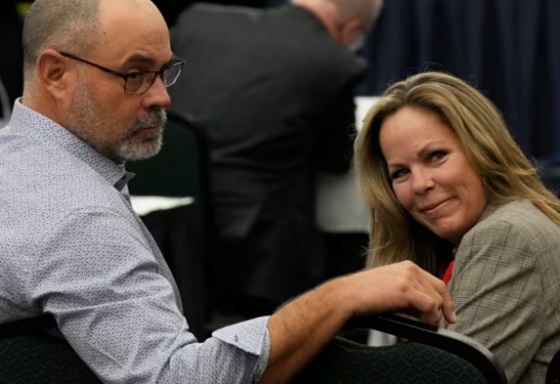
 COVID-1917 hours ago
COVID-1917 hours agoTamara Lich and Chris Barber trial update: The Longest Mischief Trial of All Time continues..




